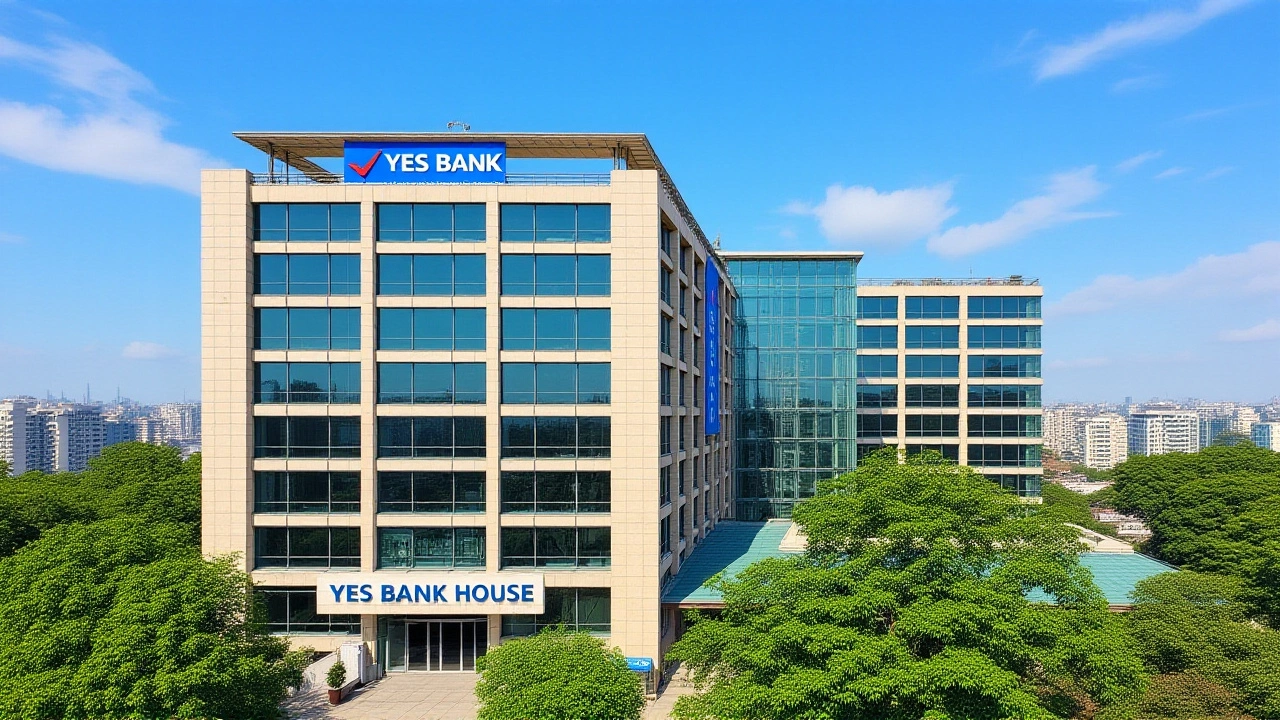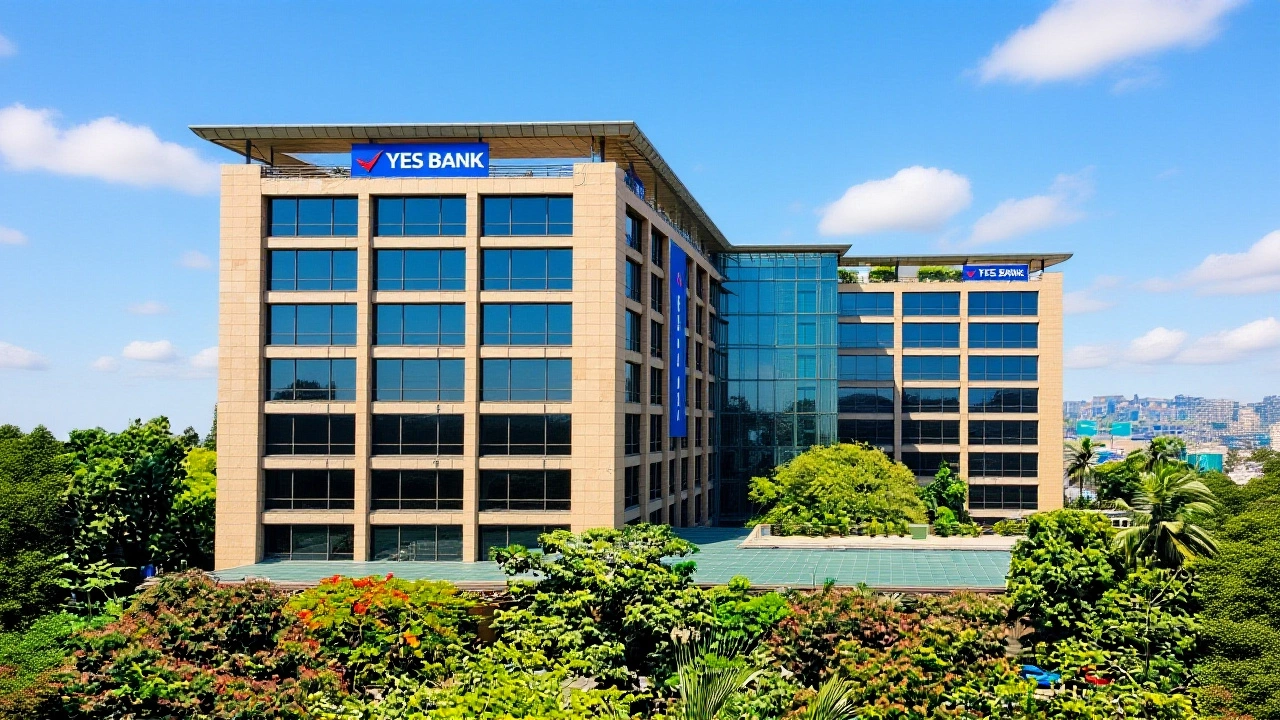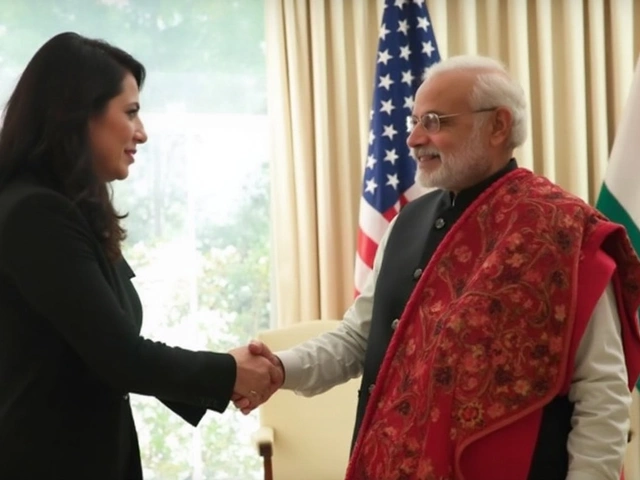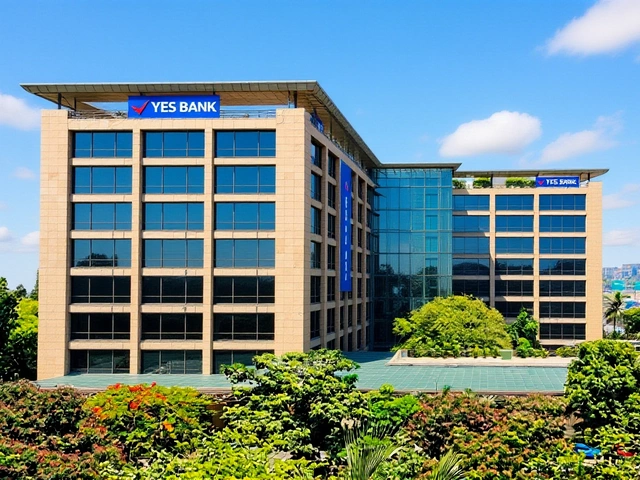State Bank of India (SBI) has just sold its 13.18% stake in YES BANK LIMITED to Japan's Sumitomo Mitsui Banking Corporation for ₹8,889 crore, triggering an 8% share price surge that hit YES Bank's 52-week high. The Wednesday, 2025 transaction—finalized at ₹21.50 per share—marks India's largest cross-border banking deal ever, with SMBC now controlling 24.99% of the Mumbai-based lender. This move has investors buzzing as it signals strong foreign confidence in India's financial sector after years of turbulence.
Remember that heart-stopping moment in 2020 when YES Bank nearly collapsed? SBI led a rescue consortium pumping ₹10,000 crore into the lender. Now, five years later, they're cashing in a major chunk. The deal wasn't just SBI selling out—Bandhan Bank and Federal Bank offloaded smaller stakes at the same price, creating a perfect storm of optimism. What's really interesting? The Reserve Bank of India RBI specifically approved SMBC to hold this stake without becoming a promoter, a crucial detail that eased regulatory worries.
The Deal That Shook Indian Banking
Here's the thing: SMBC didn't just buy from SBI. They orchestrated a complex dance involving multiple Indian lenders. The Japanese giant secured 13.19% from SBI Chairman Dinesh Khara, Chairman of State Bank of India and 6.81% from a consortium including Axis Bank, HDFC Bank, and ICICI Bank. Bandhan Bank shed 15.39 lakh shares, dropping from 0.70% to 0.21% ownership, while Federal Bank unloaded over 16.6 million shares. All transactions happened simultaneously at exactly ₹21.50 per share—a rare alignment that screamed market confidence.
The numbers tell the real story: ₹8,889 crore ($1.07 billion) for SBI's portion alone. That's not just a big number—it's a massive vote of confidence in YES Bank's turnaround. When I spoke with industry insiders, they kept repeating one phrase: "This is the cleanest exit since the 2020 crisis." The RBI's one-year approval window with strict compliance conditions actually reassured investors—showing regulators were watching but not blocking progress.
Why Investors Are Celebrating
SEBI-registered analyst Pradeep Carpenter, Market Analyst nailed it when he called this "a fundamental catalyst" for the stock. But there's more to it than just the deal itself. Carpenter spotted technical breakouts in SBI's charts—like that inverted head-and-shoulders pattern around ₹835 and the MACD indicator turning positive. These aren't just chart patterns; they're the financial equivalent of green traffic lights signaling potential 10% upside.
The ripple effect was immediate. YES Bank's shares jumped 8% within hours of the announcement, while SBI maintained a year-to-date gain of 7.9% despite paring some gains the next day. What surprised me? How quickly other banks followed SBI's lead. Federal Bank and Bandhan Bank didn't just sell—they sold at the exact same price point, which is almost unheard of in volatile markets. This coordination made the whole transaction feel rock-solid.
The Road Back From Crisis
Let's rewind to 2020—when YES Bank's bad loans were piling up faster than anyone could handle. The near-collapse forced the SBI-led consortium to step in with emergency capital. Mumbai was holding its breath as regulators worked around the clock. Now, watching SMBC's entry feels like the final chapter of a recovery story. SMBC President Masayuki Oku, President of Sumitomo Mitsui Banking Corporation didn't just see a bank; he saw a turnaround opportunity.
What's different this time? Back in 2020, the rescue was about survival. Now, the SMBC deal is about strategic growth. The Japanese giant brings international expertise and capital, while YES Bank gets credibility. It's not charity—it's a calculated move that only works because the bank has actually cleaned up its act. Those asset quality concerns that caused the 2020 crisis? They've been addressed through aggressive restructuring.

What This Means for the Future
Here's where it gets really exciting. This deal sets a blueprint for future foreign investment in Indian private banks. With the RBI approving 24.99% ownership without promoter status, other global players might follow SMBC's lead. I'm already hearing whispers about similar talks involving European banks. The foreign ownership cap of 74% suddenly feels very achievable for well-managed lenders.
For SBI, this isn't an exit strategy—it's a smart capital allocation. They've reduced exposure to a historically risky asset while generating nearly ₹9,000 crore in cash. That money could fund new tech initiatives or support other strategic moves. And let's be honest: Chairman Khara looks like a genius right now for timing this perfectly with SBI's strong Q1 results.
Frequently Asked Questions
Why did SMBC choose YES Bank over other Indian lenders?
SMBC specifically targeted YES Bank due to its improved asset quality and strategic Mumbai footprint. The Japanese bank saw value in the lender's recovering loan book, which has seen non-performing assets drop from 18.4% in 2020 to under 5% currently. This deal gives SMBC immediate market access without the years-long regulatory hurdles of starting a new subsidiary.
How will this affect YES Bank customers?
Customers should see enhanced digital banking capabilities and international service options by late 2025. SMBC plans to integrate its global payment network, potentially reducing cross-border transaction fees by 30-40%. There are no planned branch closures, but the bank will introduce new SME lending products leveraging SMBC's expertise.
What prevented SMBC from becoming a promoter?
RBI regulations require promoter status for holdings above 26%, but SMBC deliberately capped their stake at 24.99% to avoid this. This strategic move gives them significant influence without triggering the stricter governance requirements that come with promoter status, maintaining YES Bank's independent board structure.
Could this lead to more foreign bank acquisitions in India?
Absolutely—the deal has already sparked preliminary talks between Deutsche Bank and IndusInd Bank. The key precedent is RBI's conditional approval for 25% stakes without promoter requirements, which addresses the main regulatory hurdle. We expect 2-3 similar deals to materialize within 18 months if market conditions remain stable.






